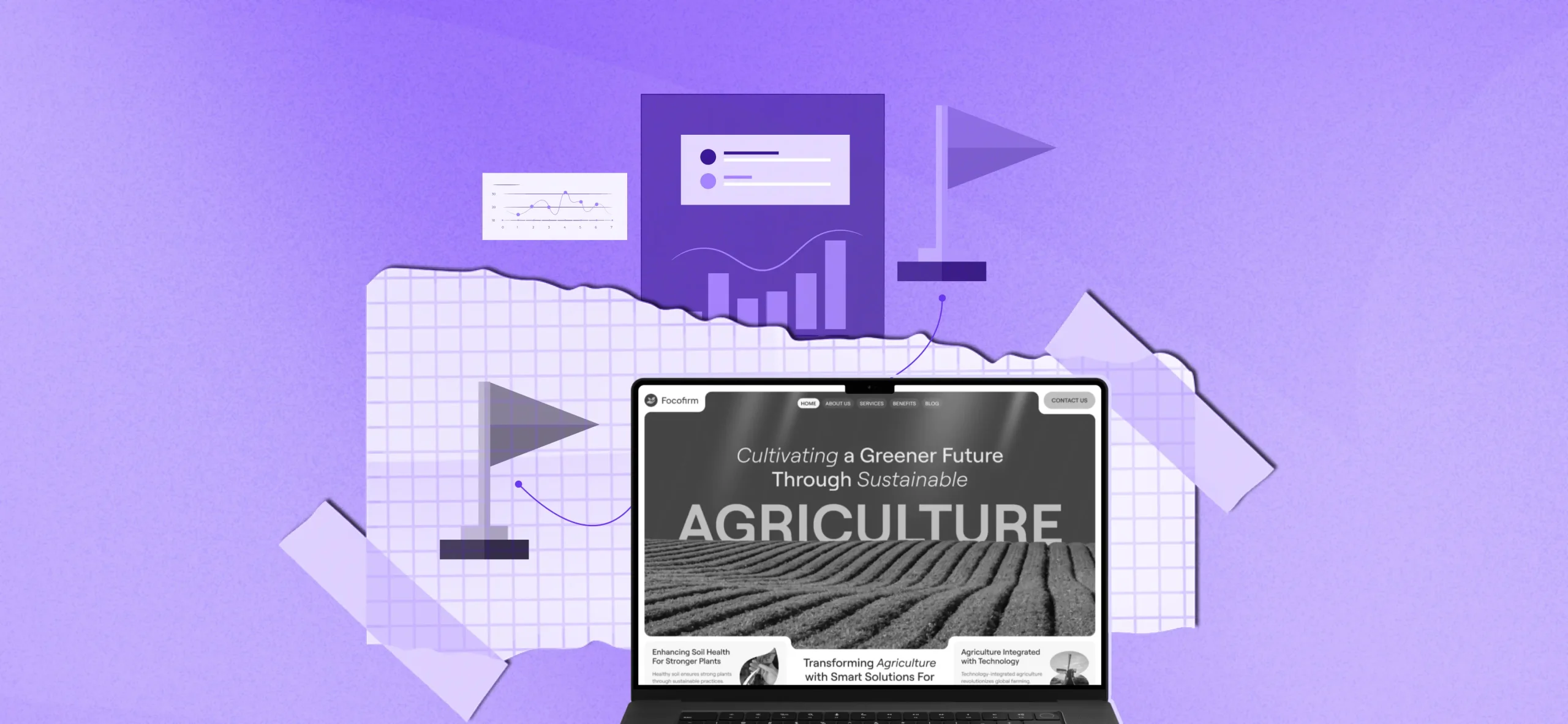Product design is not just about developing a concept and assembling a group of gifted specialists. It also involves an understanding of the users, and how they perceive the given product or service. Regardless of how much expertise the design team may have, or how many great products they may have developed and brought to market, there’s simply no replacement for data gathered from the users themselves.
Since designers are not users, the decisions they make 70% can’t reach the user’s expectations or data. Even the most sophisticated designer can only guess the end product that will effectively meet the needs of the targeted users. There is no better way of entering the correct information into the product or service design than using observation and direct interaction with the users. Let us examine its significance, study requirements, and how to implement it in your data-driven services.
What is Data-driven Design and Why Does It Matter to UX?
Data-driven design covers effectively gathering, processing, and applying user data through the product creation process. It also considers enhancing the design and implementation by utilizing information from user interviews, consumer feedback, and others.
This strategy is far from the conventional design approach where choices are based to some extent on the designers rather than users. Due to some designers developing products targeting a different audience, they make many assumptions about the user experience, goals, and desires. Unfortunately, if not well managed, these assumptions lead to major disruption of the design process, and end up with designs that provide no solution to the needs of the users they were supposed to serve.
To ensure that these threats do not arise, data-driven design processes must be put in place. When implementing the design decisions instead of based on the designer’s viewpoint, designs can address the issues and preferences related to the target users. What replaces them is an approach that is more logical, less a priori, and more concerned with the user. The data-driven approach also enables the designers to add significant depth to their decisions and provides clear insights into what the result was that they achieved through that design, and how it can be shaped in the future.
Types Of Data Designers Can Use
UX designers use two main types of data: qualitative and quantitative. A brief explanation of both types as follows:
Qualitative
Qualitative data is usually presented in non-numerical forms and unstructured. Qualitative research does not involve numbers and as such is not necessarily presented in figures and tables. Such type of data is classified in accordance with the properties, attributes, tags, labels, etc.
- Here are some methods for collecting qualitative data in UX research:
- User Interviews, whereby users respond based on a list of questions to be answered.
- Focus groups, where users discuss the product or experience under the supervision of the moderator.
- In surveys, the clients give their written impressions of the specific goods and services.
- Feedback from customers can be obtained through surveys, interviews, focus groups and other similar studies. This type of data also gives information about the customers’ profile or requirements and choices.
Quantitative
As you may understand, the quantity of data relates to the numbers and is often more organized. Analytical data work with numbers, and values to derive information.
Whereas, in qualitative research, one is able to delve into a topic and derive an extensive understanding, quantitative research is used to arrive at insight that is more definitive in scope.
Here are some methods for collecting qualitative data in UX research:
- Web analytics data which may be obtained using tools such as Google Analytics or Mixpanel contain information about the page views, click and bounce rates.
- Quantitative usability test findings quantify the time taken by people in order to accomplish a task or to find information on a particular interface or product.
- Scroll maps reveal at which site users scroll, with exhaustive details of where they have tapped.
- Standard A/B testing, where one or more variations are selected to check how well they perform.
- Multivariate testing utilizes multiple variants when testing a hypothesis.
How to Understand Your Data to Learn What Matters to Users
Gathering user demographics is the first step towards getting to know more about the users you are targeting. Next, you should synthesize the content retrieved from all your research to establish the theme or concept that will guide your design as you proceed.
Empathy Mapping
An empathy map is a useful tool for dissecting and categorising customer behaviour and motivation. In its actuality, it can be viewed as a way to envision the thoughts and emotions of your users before, during and after the use of your product or service. It lets you turn into a customer for a while.
Affinity Mapping
One approach to data analysis from the qualitative data collected can be affinity mapping or affinity diagramming.
What you have to do is:
- Every note you should take on a different sticky note – if you’re doing this activity remotely, use a whiteboard app like Miro or InVision).
- When reading notes, try to find the most similar patterns or themes in the material that is studied.
- Group your cards in such a way that similar themes will be grouped in the same pile.
- Go through each theme and express in writing what this is saying or telling about the users and the experience.
On Working With Stakeholders
Seen from the executive’s point of view, to be data-driven must mean a decision is a slow process – which is absolutely reasonable. Managers have always aimed at deriving the best rewards from any given process in the shortest possible time. Being data-driven works to your advantage as it gets you results faster because there are numbers and qualitative data to point you in the right direction.
Some activities as follows you can do while data-driven design practices:
Talk numbers and value
Where applicable, make use of figures in a bid to illustrate value. Besides, avoid using terms like ‘usability testing’ instead use terms such as ‘fewer support calls’ or ‘higher conversion’.
Be very specific about the role of the data in informing design and other aspects of work. While describing a new product or a feature, it is necessary to emphasize which KPIs certain teams have to follow.
This change also requires that one is rewarded for adopting such an approach in decision-making. Okay, you are an employer who can offer verbal encouragement and bonusing but even if you are a designer in the UX team, you can reward people by acknowledging hard work.
Educate Your Team
You cannot assume that all the members of your team are design-conscious. It is as if they understand the design process as an average designer understands programming or marketing. That is why you have to understand their feelings and explain what and why you are doing, for example.
Document Everything
The task of monitoring, testing, and, most importantly, self-reflecting on the latter is an enormous aspect of data-driven work. However, to have all the experiments and activities that you have done documented, there should be a comprehensible format. Then, make sure that every person, who in one or another way participates in that data, has access to it.
As we mentioned before companies should not spend their time on things that are meaningless at this point, but at the same time it is always useful to keep the data that is not necessary for current analysis. It may help you to gain insight at some point in the future.
How to Get Started Using Data with UX Design
Since you are starting your journey as a UX, UI, or Product Designer, some facts may seem irrelevant to you. Data will always be collected at any stage of the UX designer’s career; the earlier one can play with it the better. It is not a skill that you will master within some days. It requires consistent practices. That’s why a different career-switching Bootcamp, UX Academy, teaches you how to do user research and testing while building your job portfolios. Besides acquiring experience, as a designer you should also refine your data-driven design skills because that is a skill that is valuable when building up to the leaders of your team or the company at large.
Conclusion
Gathering data is a technique, not an answer. Even the most detailed quantitative information will not inform you what specific aspects of your product must be redesigned. Once you have gathered all the right data, you and your product design team can develop better designs to create a better user experience.
By shifting to a data-driven design process, you create an opportunity for constant research that would allow designing more successful and profitable products while improving the support of users.






















